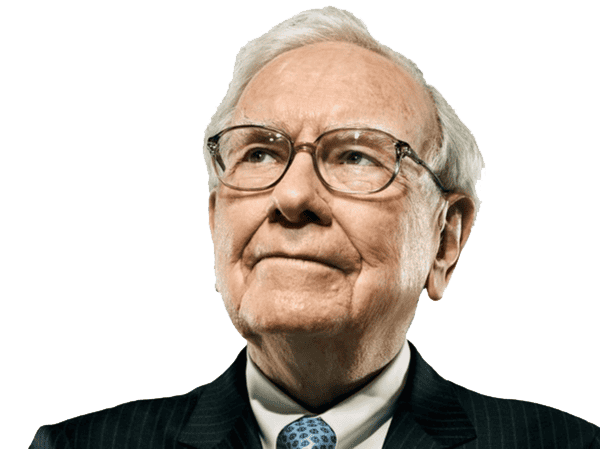
"When Warren Buffett disclosed his instructions for managing his wife's inheritance after his death, it became quite publicized. Buffett recommended something strikingly simple: put 90% of the money in a low-cost S&P 500 index fund and the remaining 10% in short-term government bonds. This is a rather straightforward approach, and it has been dubbed the 90/10 rule. Investors see it as a perfect way to simplify their portfolios and capture market returns without all the fuss that comes with actively keeping up with the market."
"The problem is not with Buffett's advice itself, which was specifically tailored for his wife's unique circumstances, but with how retirees have misinterpreted and misapplied this strategy to their own situations. Unlike Mrs. Buffett, you cannot afford to wait a decade for markets to rebound because you need that money to pay bills, buy groceries, and cover medical expenses. This timing risk, known as sequence of returns risk, is one of the most dangerous threats to retirement portfolios, and the 90/10 allocation amplifies it dramatically."
"And you should also keep in mind that this 90/10 rule is from Buffett's 2013 letter to Berkshire (NYSE:BRK-A, NYSE:BRK-B) shareholders. The stock market has changed drastically since then. I would only take Buffett's prescription if you are looking at a very long-term horizon and you can stay unfazed no matter what happens to the market during that period. If you are a conservative investor who doesn't have millions in the bank, I wouldn't follow this blueprint 1:1 and craft my own instead."
Warren Buffett recommended a 90/10 split: 90% in a low-cost S&P 500 index fund and 10% in short-term government bonds for his wife's inheritance. Many retirees misapply this allocation despite needing regular withdrawals, which exposes them to sequence-of-returns risk and potential portfolio depletion during market downturns. The 90/10 prescription originated in 2013 and assumes a very long-term horizon and the ability to endure large market swings. Conservative investors without substantial assets should not follow the blueprint verbatim and should instead tailor allocations. Benjamin Graham recommended keeping 25%–75% between stocks and high-grade bonds.
Read at 24/7 Wall St.
Unable to calculate read time
Collection
[
|
...
]